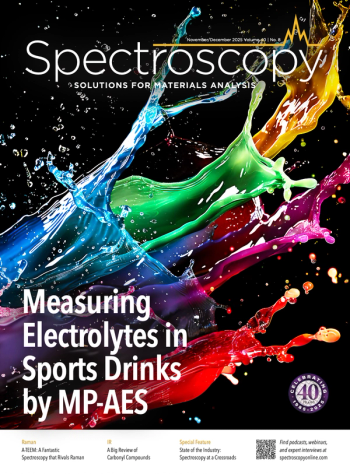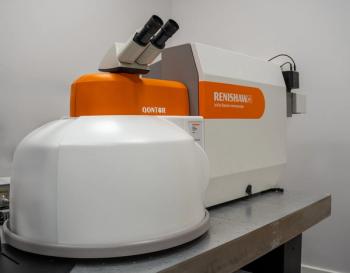
Novel Fluorophore with Multichromic Effect Unveils Potential for Vapor Detection in LED Lighting
Researchers have developed a novel fluorophore, diaryl maleimide (DAM), with multichromic properties potentially useful for volatile vapor detection in LED lighting systems, showcasing its versatility and applications in sensing technologies.
In a recent study published in Spectrochimica Acta Part A: Molecular and Biomolecular Spectroscopy, researchers explored DAM's solvatochromic behavior and aggregation-induced emission (AIE)/aggregation-caused quenching (ACQ) effect (1). They also spent time examining DAM’s solid-state mechanofluorochromic and vapochromic responses, showcasing its potential for volatile organic compound (VOC) vapor detection when integrated into LED lighting systems (1).
Measuring VOCs is crucial for multiple reasons. VOCs are widespread pollutants emitted from various sources. Monitoring their levels helps assess air quality and identify associated health risks. VOCs also contribute to the formation of harmful pollutants and air pollution, making accurate measurements vital for evaluating emissions and developing mitigation strategies (1). Indoor VOC concentrations impact human health, and precise measurements aid in identifying sources and improving indoor air quality (1). Because of these reasons, the accurate measurement of VOCs are vital for assessing impacts, understanding sources, and implementing effective measures for pollution control and health protection.
The researchers confirmed the structure of DAM by using mass spectroscopy (MS) and nuclear magnetic resonance (NMR) techniques. The researchers investigated the photophysical properties, including the solvatochromic effect and the influence of water/dimethylformamide (DMF) ratio on AIE/ACQ behavior (1). Remarkably, similar results were obtained in both the dissolving phase and the vapor phase when using different solvent methods, which is shown in the study (1).
In the solution state, DAM exhibited a greenish-yellow to orange emission when the solvent changed from hexane to dichloromethane (CH2Cl2) (1). Moreover, a colorimetric shift from yellow to orange was observed in the solid state when transitioning from hexane to dichloromethane (1). Notably, intriguing mechanofluorochromic behavior was observed when the yellow solid sample was ground for 1 min, resulting in a color change to orange and red-shifted absorption and emission wavelengths (1). Subsequently, exposure to diethyl ether vapors led to a restoration of the original green-yellow emission and absorption (1).
The researchers also explored the impact of hydrostatic pressures on DAM's fluorescence properties. Applying hydrostatic pressures ranging from 0 to 4 MPa resulted in excellent, red-shifted emission (1). The researchers observed that the red-shifted emission diminished as the pressures were further increased to 4-16 MPa (1). These findings highlight the sensitivity of DAM to hydrostatic pressures and its potential as a pressure-responsive fluorophore (1).
The novel fluorophore's multichromic properties and its reversible responses to grinding and exposure to solvent fumes demonstrated its potential for volatile vapor detection. By incorporating DAM into LED lighting systems, it may enable the development of smart lighting platforms capable of detecting and signaling the presence of specific vapors or volatile compounds in various environments (1).
The research conducted by Young-A Son and their team at Chungnam National University opens up new possibilities for the integration of DAM into advanced sensor technologies, offering potential applications in areas such as environmental monitoring, safety systems, and smart lighting solutions.
Reference
(1) Prabakaran, K.; Manivannan, R.; Son, Y. A novel fluorophore with multichromic effect and its application in LED light for the volatile vapor detection. Spectrochimica Acta Part A: Mol. Biomol. Spectrosc. 2023, 299, 122813. DOI:
Newsletter
Get essential updates on the latest spectroscopy technologies, regulatory standards, and best practices—subscribe today to Spectroscopy.



